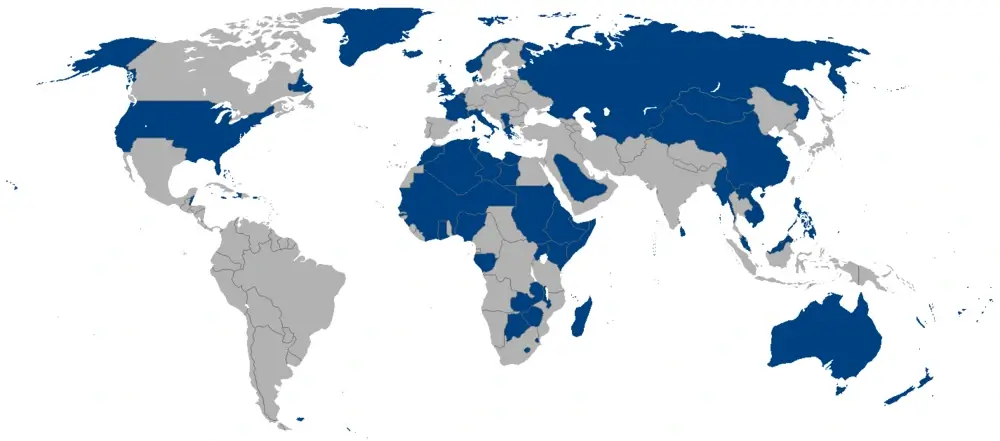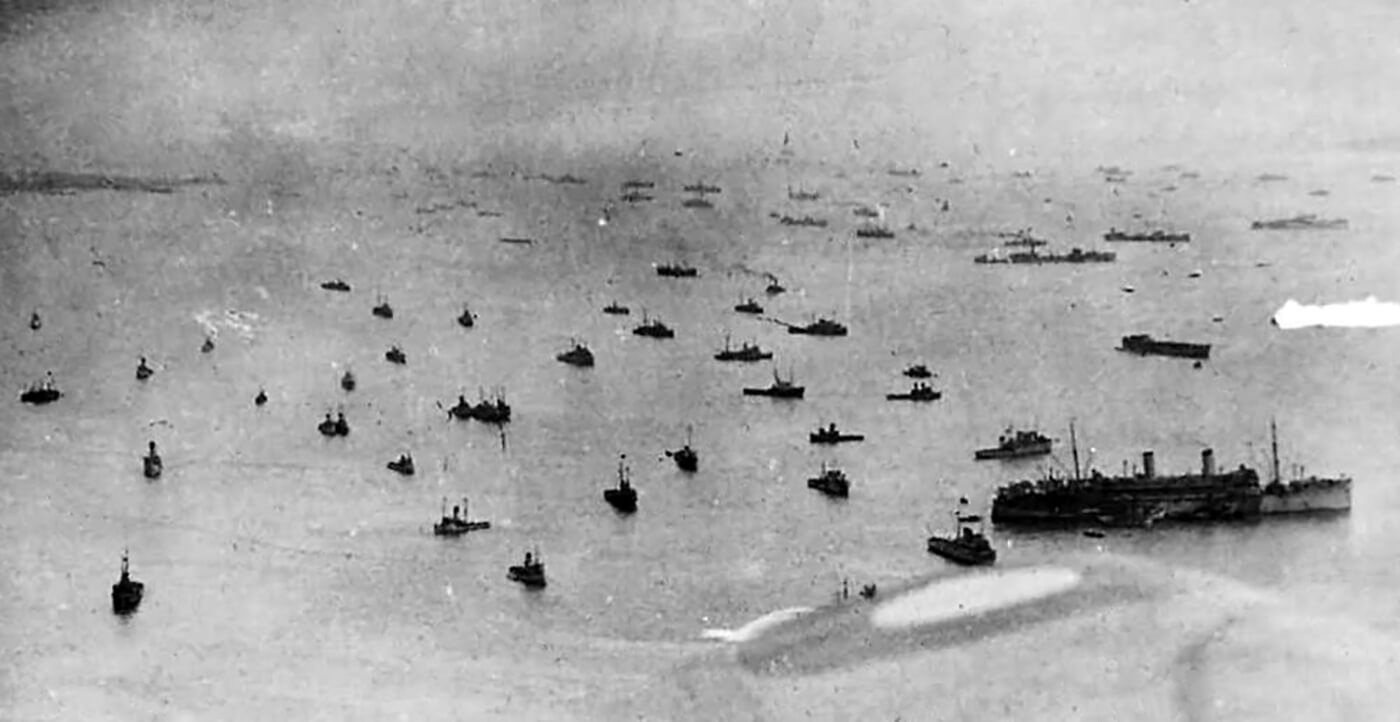| Page Created |
| November 8th, 2023 |
| Last Updated |
| June 22nd, 2024 |
| Country |
 |
| Operational Areas |
| Special Forces Operation Neptune 6th Airborne Division Band Beach Sword Beach Gold Beach Juno Beach Omaha Beach Utah Beach 82nd Airborne Division 101st Airborne Division |
| Related Operations |
| Operation Gambit Operation Neptune Operation Perch Operation Cobra Operation Epsom Operation Charnwood Operation Atlantic Operation Goodwood Operation Bluecoat Operation Totalize |
| June 4th, 1944 – July 3rd, 1944 |
| Operation Neptune |
| Objectives |
- To execute an operation from the United Kingdom, the primary objective is to secure a lodgement on the continent. This strategic area must have adequate port facilities to maintain a force of 26 to 30 divisions. Furthermore, it is essential for this position to support the augmentation of this force by follow-up formations at a rate of three to five divisions per month.
| Operational Area |
Normandy Area, France
| Unit Force |
- 21st Army Group
- British 2nd Army
- 79th Armoured Division
- Special Air Service, Brigade
- 1st Special Service Brigade
- 4th Special Service Brigade
- British I Corps
- British 3rd Infantry Division
- Canadian 3rd Infantry Division
- 6th Airborne Division
- 51st (Highland) Infantry Division
- British XXX Corps
- 7th Armoured Division
- 49th (West Riding) Infantry Division
- 50th “Northumbrian” Infantry Division
- U.S. 1st Army
- U.S. V Corps
- 1st Infantry Division
- 29th Infantry Division
- Provisional Ranger Force
- U.S. VII Corps
- 4th Infantry Division
- 90th Infantry Division
- 82nd Airborne Division
- 101st Airborne Division
- U.S. V Corps
- British 2nd Army
| Opposing Forces |
- 7. Armee
- LXXXIV. Armee-Korps
- 91. Luftlande-Infantrie-Division
- 243. Infanterie-Division
- 319. Infanterie-Division
- 352. Infanterie-Division
- 709. Infanterie-Division
- 716. Infanterie-Division
- LXXXIV. Armee-Korps
- 15. Armee
- Panzergruppe West
- I. SS-Panzerkorps
- Schwere SS-Panzer-Abteilung 101
- 1. SS-Panzer-Division “Leibstandarte Adolf Hitler”
- 12. SS-Panzer-Division “Hitlerjugend”
- 17. SS-Panzer-Division “Götz von Berlichingen”
- LVIII. Reserve-Panzerkorps
- 130. Panzer-Lehr-Division
- 16. SS-Panzer-Division “Reichsführer SS”
- 21. Panzer-Division
- I. SS-Panzerkorps
- Panzergruppe West
| Operation Neptune |
Operation Neptune, designated as the assault phase of Operation Overlord, played a pivotal role in the liberation of north-west Europe. Indeed, its name was fittingly chosen. While recognizing the invaluable contributions of other services, it’s important to note that the Navy was primed to take a central role in the initial stages, particularly in convoy and transport operations.
Operation “Neptune” can be distinctly categorised into three phases:
- Preparation and Planning (May 1942 – June 1944).
- Execution, which includes the Assault Landings (June 4th – 6th, 1944).
- Consolidation and Build-up (June 7th, 1944- July 3rd, 1944).
However, this operation was unique in two specific aspects. First was the close proximity of the Great Britain, serving as the main base. This proximity enabled the maximal use of Allied Sea and Air superiority, quick turnaround times for build-up shipping, and innovative measures such as prefabricated harbours and submarine pipeline oil supplies. Second was the operation’s sheer magnitude in conception and execution.
The operation involved landing five divisions, complete with their stores, motor transport, and equipment, onto open beaches fortified with modern defensive technology. Following the establishment of the initial bridgehead, the focus shifted to rapidly increasing the force to about thirty divisions and ensuring their continual support. The first four days alone saw the involvement of over 5,000 ships and crafts. Coordinating such a large armada demanded meticulous attention to loading and berthing arrangements, movement coordination, security measures against enemy interference and weather conditions, efficient disembarkation processes, and ongoing reinforcement and supply flow. Additionally, it involved providing direct support to the Army through bombardment efforts.
The invasion beaches are named following an Allied code-naming system, which assigned American landing sites names of U.S. cities and States, these code names are chosen for its simplicity and ease of recognition over radio communications. Omaha Beach, alongside Utah Beach, are the codenames for the beaches assigned to the American forces. The origin of the name Omaha is traced back to the city of Omaha, Nebraska. The name Utah to the State Utah in the United States.
The British beaches bore code names of fish and birds. In Operation Overlord and Neptune, they are originally called Goldfish, Jellyfish, Swordfish, and Band Fish, but the Canadians objected to landing on a beach named Jelly, leading to its renaming to Juno. Jelly is apparently, changed to Juno in honour of the wife of one of the officers. Consequently, the fish-themed names are dropped, leaving the names Gold, Sword, and Band.
| Multimedia |

